[quote user=ThomasBeyer][quote user=SweetZone]Annual cash flow: $21,060
Asset value today: $425,000 (owned without a mortgage)
Cash on cash yield: $21,060/425,000 = 5%
This is also referred to as a CAP rate, or yield.
So, if you can borrow at 3% and the asset yields 5%, why not buy as many assets as you can ? That is really the PrestProp story from 80K to 80M. Not a smooth line, obviously, and many mistakes and cash-flow issues along the line, but in the end you borrow (and JV) to invest, and as long as the yield of the asset is greater than the borrowing cost by 1-2% (or more) you will come out OK eventually. That is not cash-flow, of course, as you have to amortize the mortgage and pay for upgrades along the way, so either sell an asset once in a while to create that cash and/or work another job for cash-flow while building your networth.
Yes, Mr. Beyer, exactly!
Personally, I'm still learning the business and where I create the most value it (to my surprise, it's not with a toolbelt!) I'm finding my big value creator is due diligence about the purchase: location, tenant profile, capital expenditures, cost to upgrade, upgrade plans, legal suite expertise, and ability to manage.
We completed a deal with our second joint venture earlier this year and I probably will not take on another until some time next year.
The discipline we are working on is becoming experts in the legal secondary suite market in Edmonton (Mill Woods specifically...and only a few neighborhoods in there). I think we have made good progress.
We are building our portfolio very similar to how you describe it here. I'd be too bored to retire anyway and I like my job.
I see our investing strategy like a long-term low-yield railroad. We build our suites to attract stable-family tenants. Going legal makes sense for us because it creates long-term portfolio stability. After we renovate, we have created an equity buffer and have significantly increased the income producing potential of the property. It's a lower yield because there is more cash involved up front. But there is a whole lot less risk operationally: the tenant profile improves substantially and the biggest ticket items are resolved. When the market takes a breath, these suites will still be full and when the market recovers they will be among those in highest demand. Long-term, safe and steady.
At this point, we would like to develop one or two more suites on our own to really nail down our system. Right now, I'm putting in the time to earn the experience. My thought is to do everything I can to improve the product on my own before taking in larger-scale...I am definitely reading your posts diligently to learn what I can!
